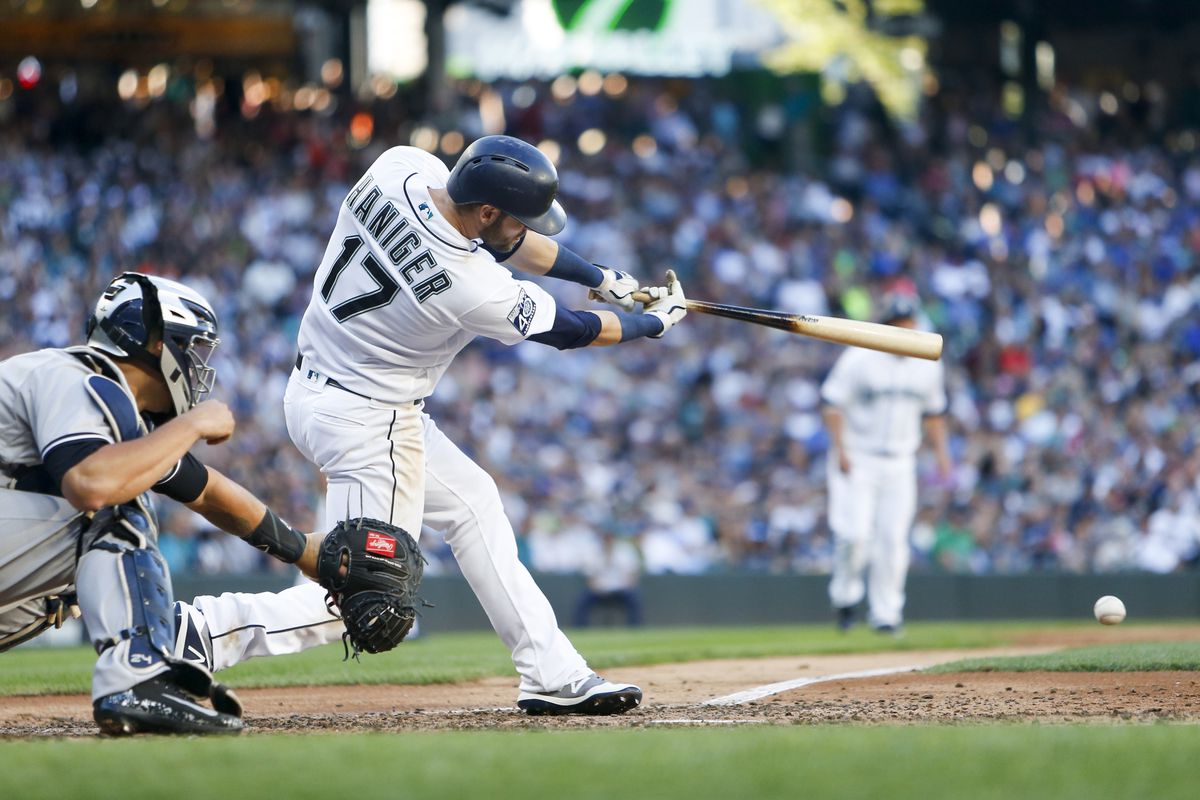When Run Differential Doesn’t Say All: Seattle Mariners

This post is one in a series on team’s who’s run differential has proved a poor indicator of actual results. Read our posts examining the run differential of the Colorado Rockies, Los Angeles Dodgers, and Washington Nationals here.
Generally, a team’s win-loss record and its run differential correlate positively.
As of August 31, the league leaders in run differential were Boston and Houston, at an astounding +215. As we might expect, their record reflects this. The Red Sox were 50 games above .500 as of this date, best in Major League Baseball. Not to be outdone, the Astros were 29 wins above .500.
Other contenders in the MLB have differentials to match their records, or vice-versa. The New York Yankees (+153), Cleveland Indians (+140), Chicago Cubs (+111), Atlanta Braves (+97), Arizona Diamondbacks (+85), and Oakland A’s (+81) are all leading their respective divisions or are otherwise currently Wild Card qualifiers.
Of course, there are always outliers. Just look at the 2007 Arizona Diamondbacks, who managed a 90 – 72 record and an NL West crown despite a -22 run differential. In 2018, other teams possess records which seem to defy what we’d anticipate given their run differentials. Let’s look at some squads which have either exceeded or fallen short of expectations:
Seattle Mariners
Win-loss record as of (8/31): 75 – 60
Expected win loss-record: 62 – 73
At the All-Star break, the Seattle Mariners were 19 games above .500 at 58 – 39. They were in good position to capture the second Wild Card spot in the American League. Since then, however, the team has played sub-.500 ball. At this writing, Seattle is seven games back of Houston for the AL West lead and is 5.5 games back of Oakland for the second Wild Card berth. Barring a significant turnaround, it’s looking as if the Mariners’ playoff drought will continue.
As the team’s run-loss differential suggested, however, the Mariners were due for a decline. Seattle’s differential at the break was a mediocre -2. They achieved a .598 win percentage but would only have expected to manage a .498 record.
Now at a -44 run differential, the M’s have, as noted, fallen in the standings. Even so, however, they’ve still far exceeded expectations. Realistically, they easily could have lost 10 games or more that they won.
How did they get here?
The Seattle Mariners have been preternaturally good at winning close games and extra-inning contests. It certainly doesn’t hurt they have Edwin Diaz closing games. Sure, Diaz has blown four saves on the year. He’s still successfully converted 50 chances, though, when no other closer in Major League Baseball has even managed 40. What this means for Diaz’s arm long-term is anyone’s guess. This season, at least, he has given up an earned run in only nine of his 64 appearances. Diaz also sports an elite K/9 rate, and is bested only by Blake Treinen in terms of WAR among relievers.
About that extra-inning record, though. For a team not much better than the New York Mets in producing runs, you would expect the Mariners to be .500 or worse in games lasting 10 or more innings. Instead, they’re 13-1. This may be somewhat related to their competition. Those 13 wins came against the LA Angels (twice), Texas (twice), Detroit, Oakland (twice), Minnesota, Baltimore (twice), Houston, the LA Dodgers, and Arizona. True, some of these teams are contenders, but clearly, Baltimore, Detroit, the LA Angels, Minnesota, and Texas are not.
Then again, this might speak to the overall strength of the Seattle Mariners’ bullpen in 2018. In addition to Diaz, relievers James Pazos, Chasen Bradford, and Alex Colome have all made 30+ appearances, own ERAs under 3.50, and have 10 or more holds to their record. For a team in the bottom half of baseball in quality starts, the relief staff’s contributions can’t be ignored.
Where do they go from here?
Keeping the team’s expected win-loss record and run differential in mind, there’s every reason to think the Mariners will continue to struggle. If “struggle” is too strong, they still figure to play at a level that will keep them out of the postseason. This is especially true if their fortune in close and extra-inning sours.
Seattle has the chance to make up ground against the NY Yankees and Oakland by beating them head to head. They can make hay by beating up on the rest of the American League West, too. Without the firepower of other contenders, meanwhile, this seems unlikely.
Also read our posts examining the run differential of the Colorado Rockies, Los Angeles Dodgers, and Washington Nationals, linked to here.
















